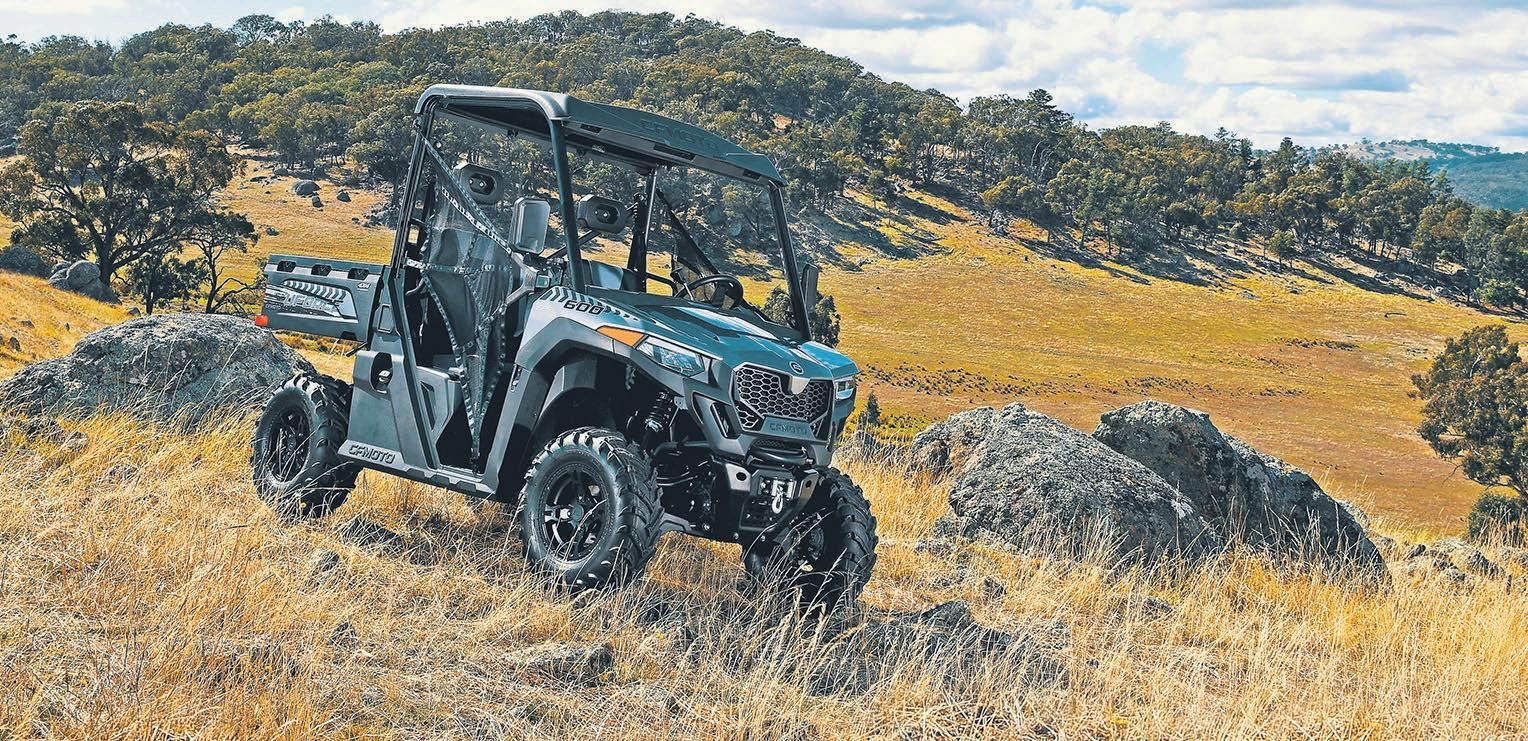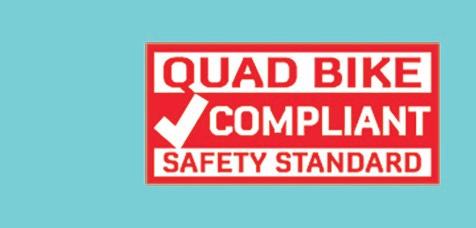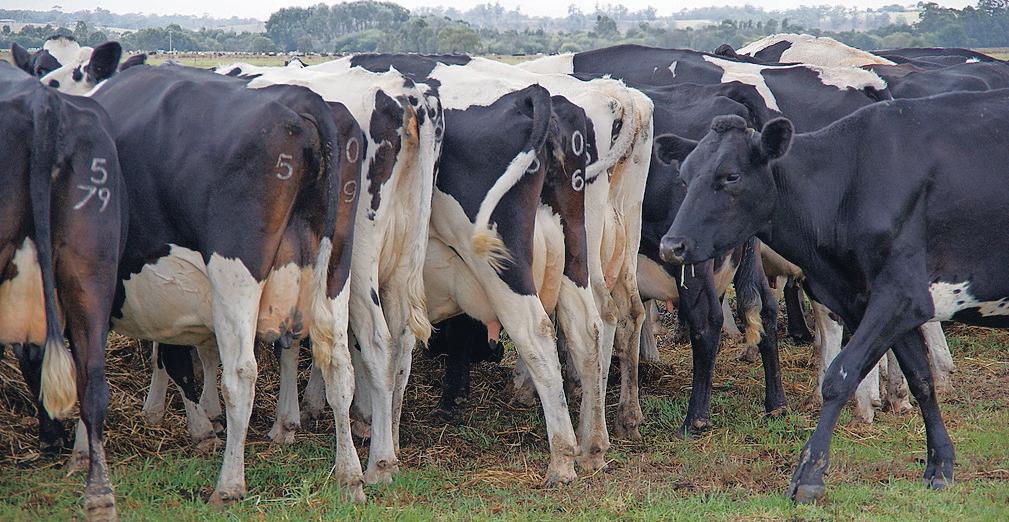
2 minute read
Auditing water

BY JEANETTE SEVERS
AN AGRICULTURAL water audit is being funded as part of a project to help identify agricultural and economic opportunities in the Orbost district in southern Victoria.
The project is part of a response by the Victorian Government to close the state’s forestry industry.
In late March, when tabling the state budget, the government announced the forestry industry closure was brought forward from 2030 to 2024.
Funded through the Victorian Government’s Community Development Fund in 2020, Orbost is one of 11 priority Local Development Strategy communities.
Project manager Tim Cotter was employed to work with the Orbost community to identify the district’s strengths and future opportunities.
The project’s purpose is to identify employment and economic development opportunities outside of forestry.
Agriculture and forestry combined is one of the identified three main sectors — the others are education and health — that provide employment and economic activity and opportunities in the Orbost district.
Subsequently, a working group of industry, government, community and academia representatives has prioritised water for agriculture as a primary focus and interest.
The Snowy River flows through the district, and the river flats are principally used for dairy and beef farming and some maize production.
The lower Snowy River is saline and the reach between Marlo and Orbost regularly inundates farmland with water.
A series of workshops has begun looking at what other agricultural endeavours could be undertaken on the agricultural land in the Orbost district.

“The workshop sessions would develop scenarios for the future development of the flats, the kinds of resources that would enhance the likelihood of successful innovation and the barriers which would need to be addressed,” Mr Cotter said.
The peaks and troughs of water availability for farming in the district is an identified challenge.
An initial water audit was undertaken, identifying two sources of water for irrigation in the district — surface water from the Snowy River and groundwater extracted from the Orbost groundwater management system.
The study identified 52 licences for water extraction from the Snowy River, with a total licences volume of 3763 megalitres.
During 2015-20, the maximum volume extracted was 1434 Ml, at an average 900 Ml/year.
A similar pattern was identified with groundwater usage. There are four licences, with a maximum licensed volume of 1217 Ml.
The highest extraction volume of 545 Ml was in 2018-19 (a period of severe drought). There has been an average of 288 Ml extracted over the five-year period.
“What these figures tell us is that during the five-year period, in some seasons, sufficient rainfall may have meant the expenses of pumping water for irrigation was not justified; and in other seasons, not all irrigators used their full allocation,” Mr Cotter said.
A key future focus of the working group is to speak to individual farmers about water usage and create opportunities to improve water literacy.
Mr Cotter will be meeting with local dairy farmers to further discussions about the project, and explore innovation potential within the sector.
“Technology, herd and pasture management, breeding, genetics and value-add opportunities are all potential areas of innovation within the dairy sector in Orbost and district,” he said.

“The 30 [local] dairy farms are perhaps overlooked in terms of their impact on the region’s economy and output.”
Dairy farmers will be asked for their input into an agricultural water audit in the Orbost district.








